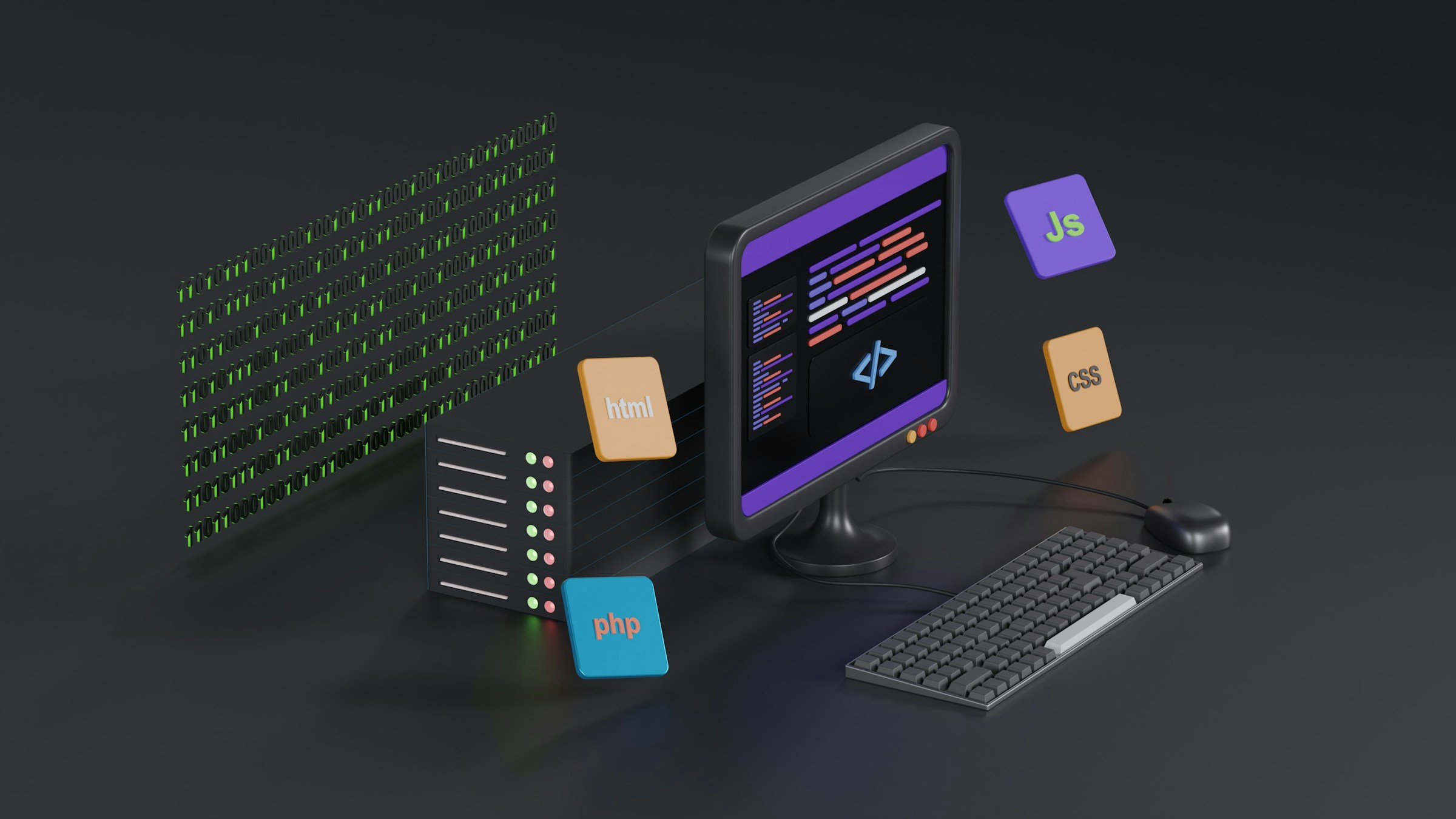As artificial intelligence and machine learning continue to evolve, the need for accurate and efficient image recognition tools has surged. Among these, reverse image search APIs have become indispensable across industries—from digital forensics to e-commerce. While commercial tools like Google Reverse Image Search dominate the space, a growing number of open-source APIs offer reliable, customizable, and cost-effective alternatives. Here’s a look at the top 6 best open-source reverse image search APIs in 2025 that combine technical excellence with community-driven innovation.

1. ImgSeek
ImgSeek is a highly flexible open-source reverse image search engine built using Python. It allows users to perform searches based on visual similarity rather than just metadata. Ideal for developers looking to set up their own searchable image repositories, ImgSeek supports both command-line and graphical user interface modes.
- Language: Python
- Best for: Academic research, personal projects
- License: GPL
2. DeepDetect
DeepDetect is an open-source machine learning API built on C++ and Caffe, with support for TensorFlow and other frameworks. While not solely a reverse image tool, its image classification and object detection capabilities make it suitable for building custom reverse image searches. Its high-speed inference and robust API versatility make it stand out.
- Language: C++, Python
- Best for: Enterprise-level applications, image classification
- License: Apache 2.0
3. ImageMatch
ImageMatch is a pure Python reverse image search engine designed for comparing and finding similar images using image fingerprints. It is built on top of Elasticsearch and is ideal for developers comfortable with Python and search database integration. The setup is straightforward and scales well with larger datasets.
- Language: Python
- Best for: Developers with Elasticsearch experience
- License: MIT
4. Haystack
Haystack, developed by deepset, is a powerful NLP and multimodal search framework that recently introduced image-querying capabilities in its 2025 update. By integrating with OpenAI’s CLIP model, Haystack enables text-to-image and image-to-image search. Although primarily built for question-answering systems, its flexibility makes it well-suited for advanced reverse image search applications.
- Language: Python
- Best for: Multimodal and hybrid search solutions
- License: Apache 2.0
5. ANNOY + Feature Extractors
This combination is becoming a go-to strategy for many developers. ANNOY (Approximate Nearest Neighbors Oh Yeah) is a C++ library with Python bindings from Spotify, optimized for fast search in high-dimensional spaces. By pairing ANN search with pre-trained neural network feature extractors (such as ResNet or VGG), developers can build scalable reverse image search engines tailored to their own datasets.
- Language: C++, Python
- Best for: Customizable and scalable environments
- License: Apache 2.0

6. Phash
Phash (Perceptual Hashing) is not a reverse image API in the strictest sense, but it offers a simplified, algorithmic approach to finding visually similar images based on their hash representations. It is incredibly lightweight and suitable for deduplication and basic similarity checks without needing deep learning.
- Language: C++, Python bindings available
- Best for: Low-resource environments, deduplication
- License: GPL
Conclusion
The rise of open-source reverse image search APIs in 2025 reflects a broader demand for transparency, control, and continued innovation in image recognition technologies. Whether you’re developing a high-scale commercial product or working on a research project, these frameworks offer a strong foundation without the constraints of vendor lock-in.
As always, the choice of the API should be guided by the specific requirements of your use case—whether it’s processing power, scalability, ease of integration, or community support. Fortunately, the open-source community continues to make tremendous strides in making powerful tools accessible to everyone.
